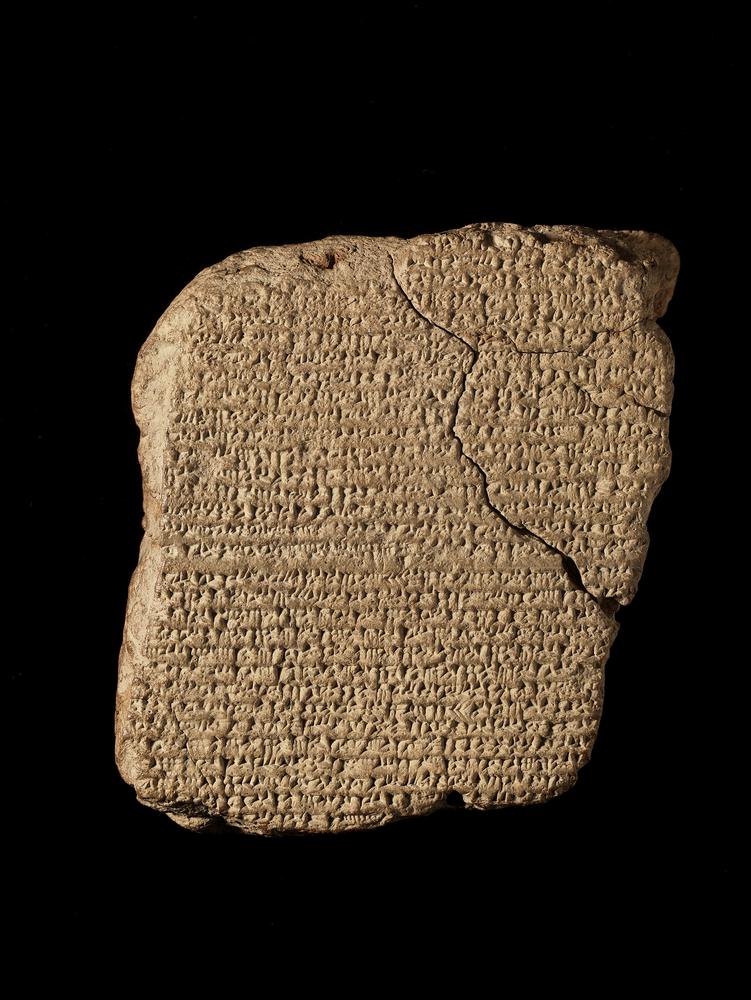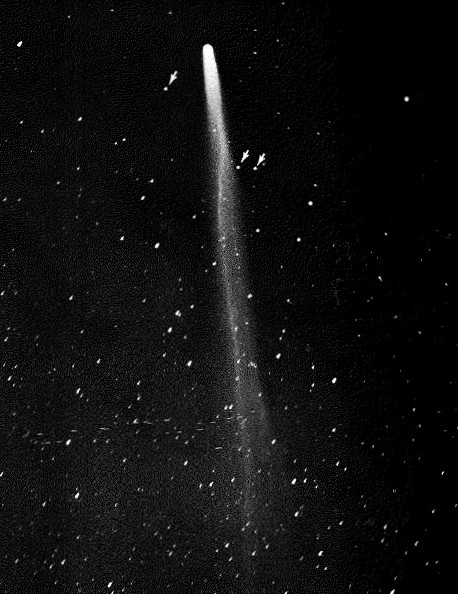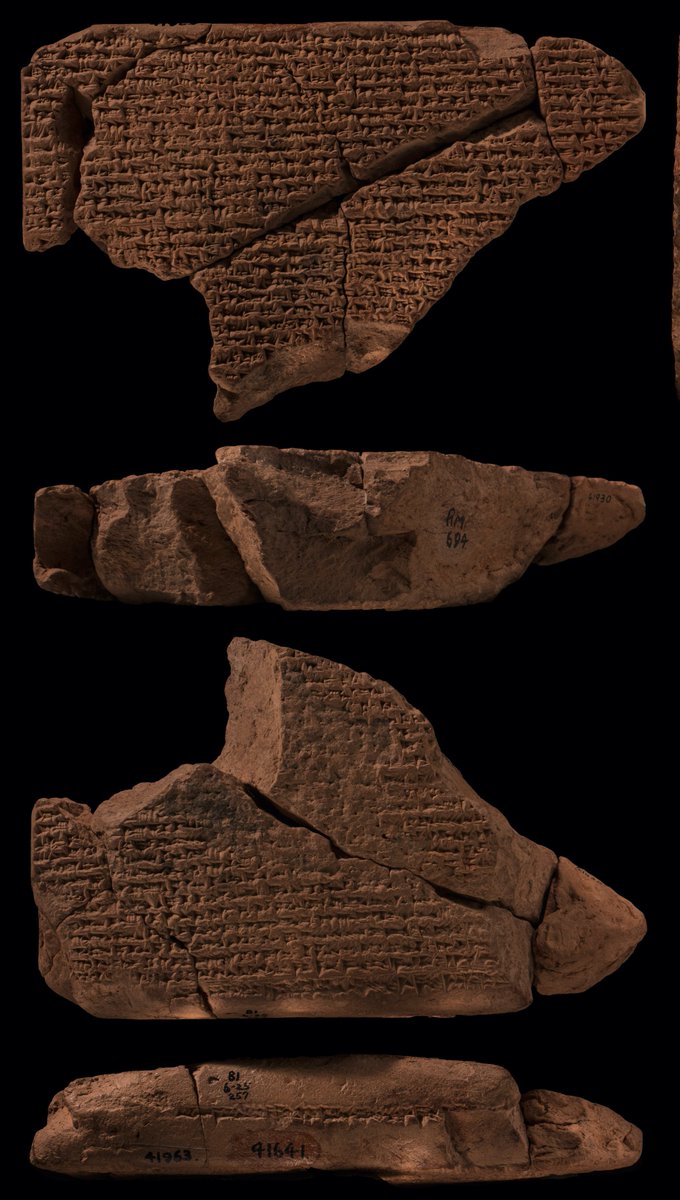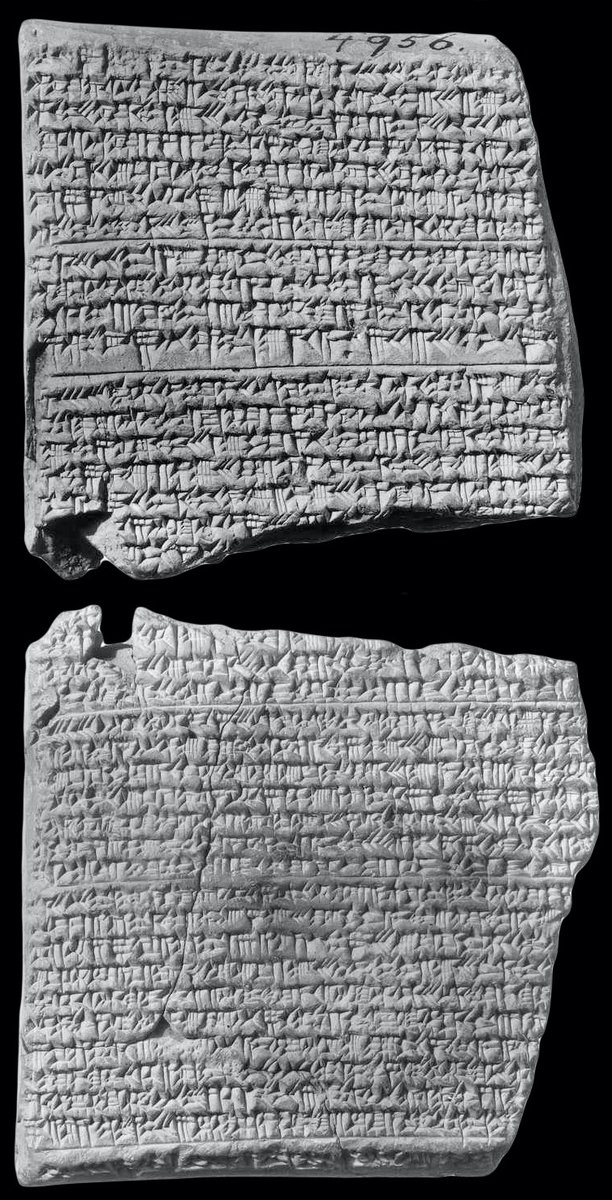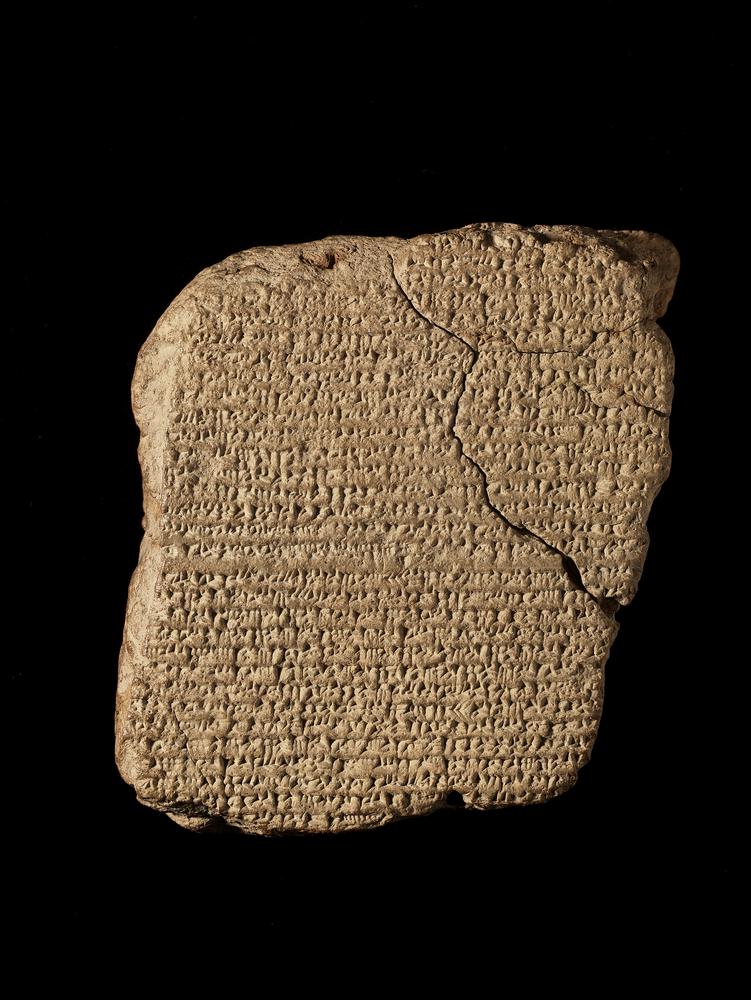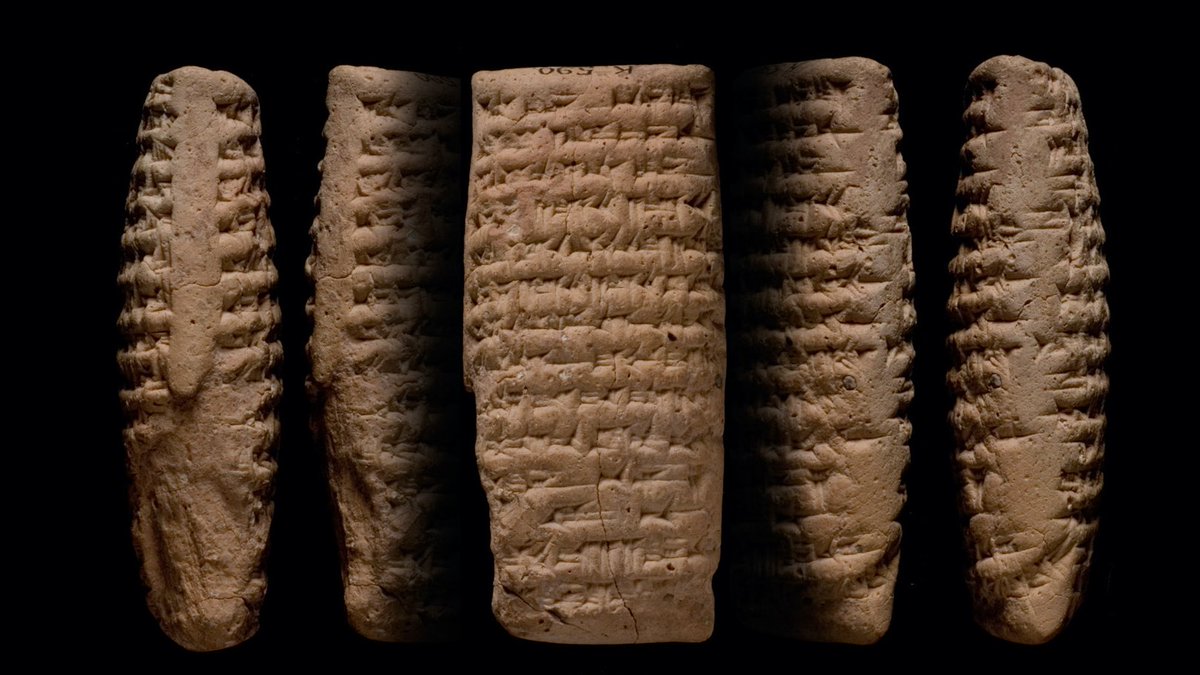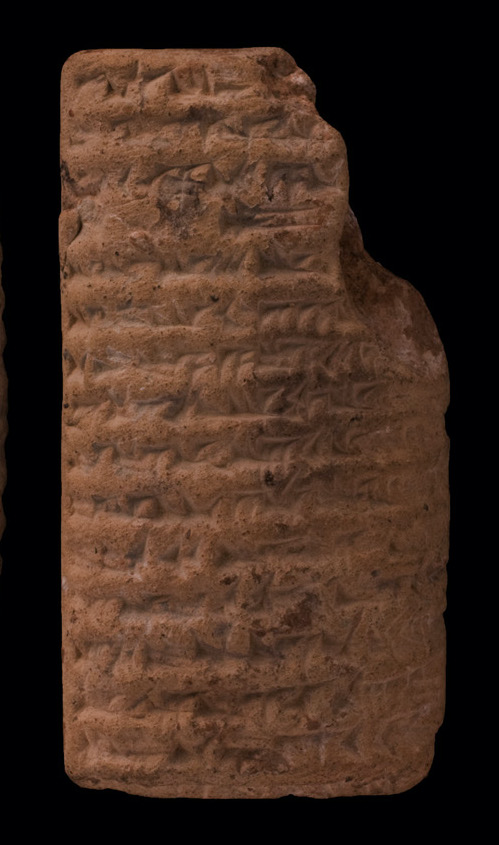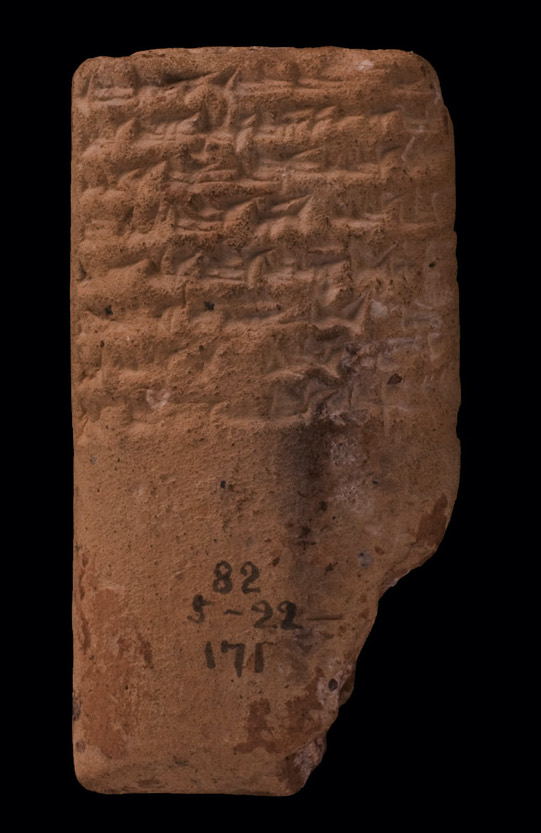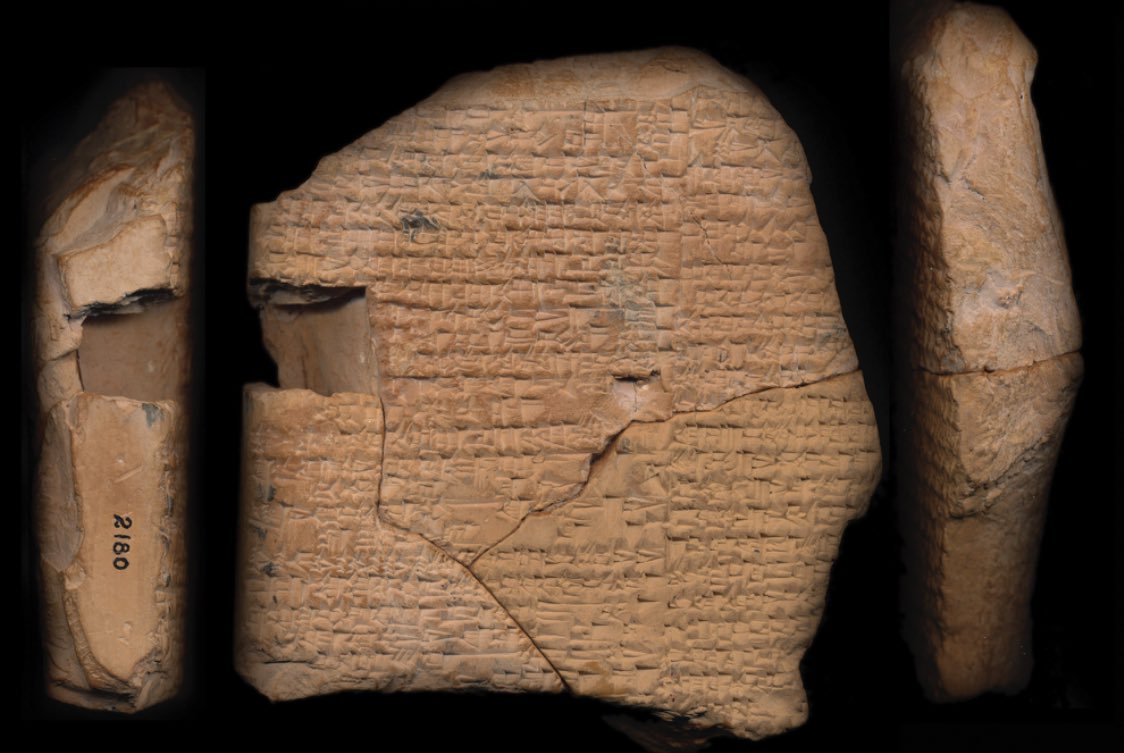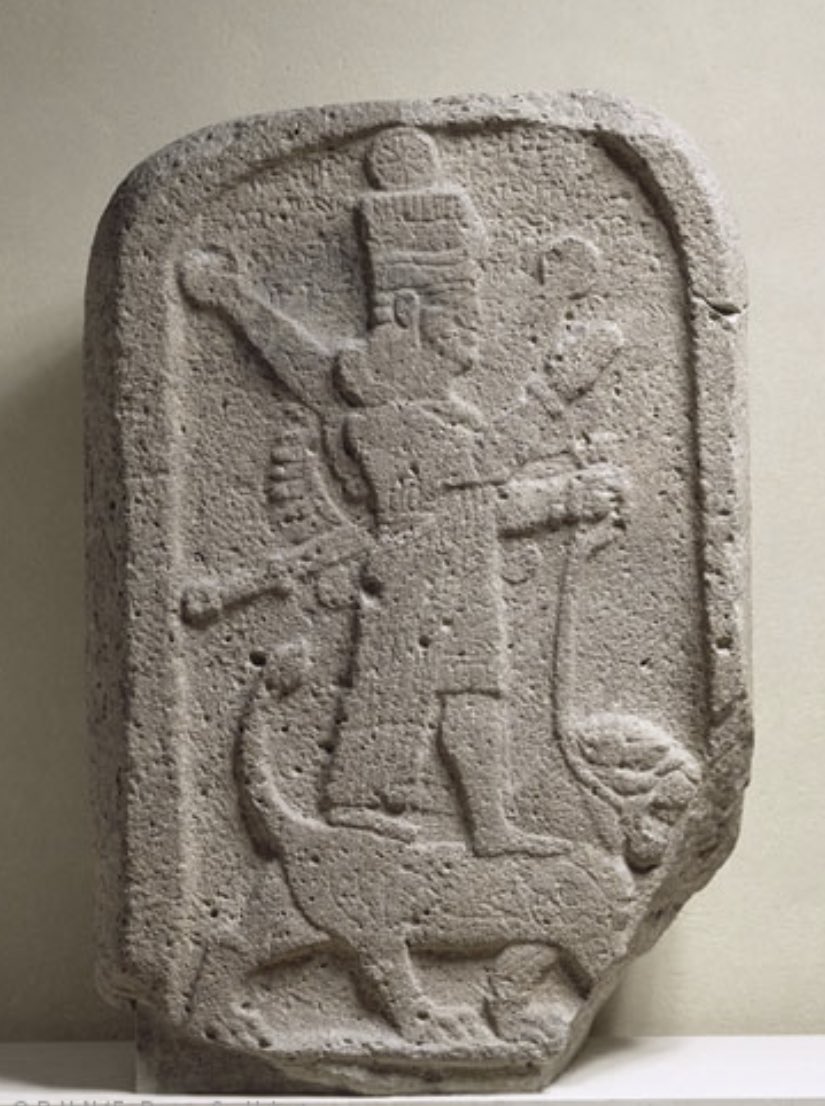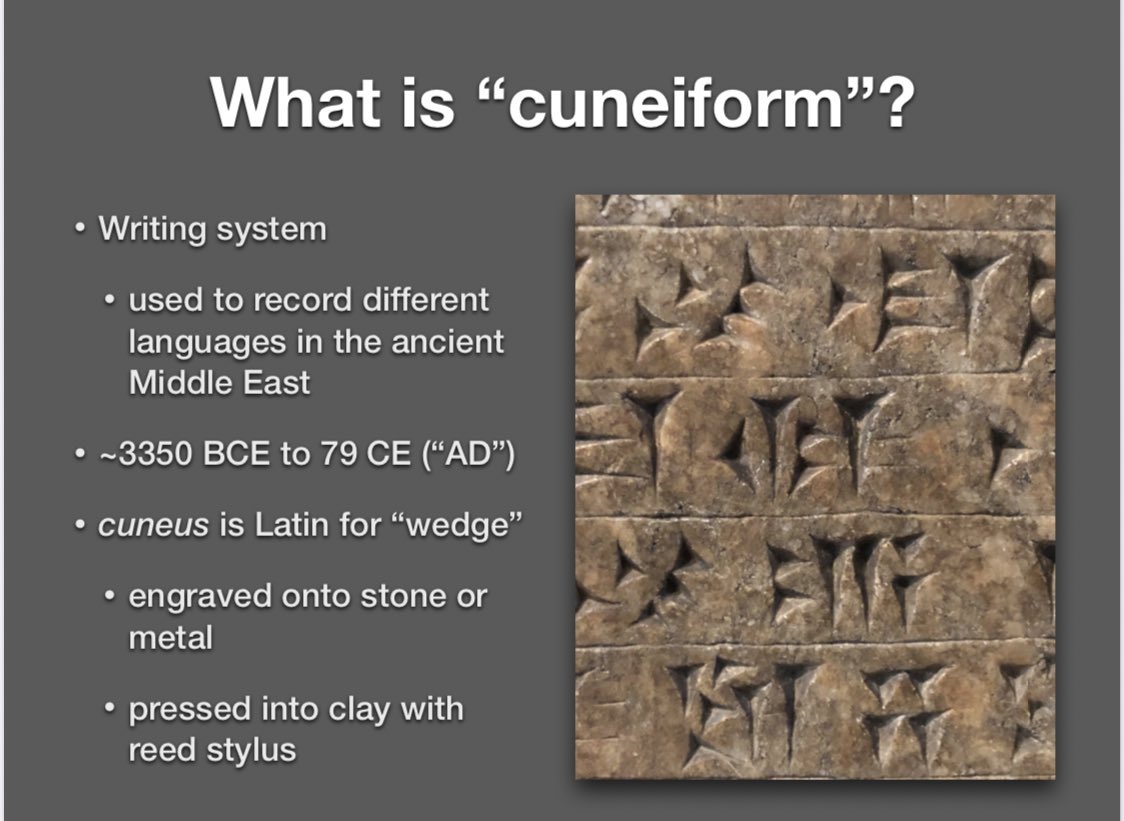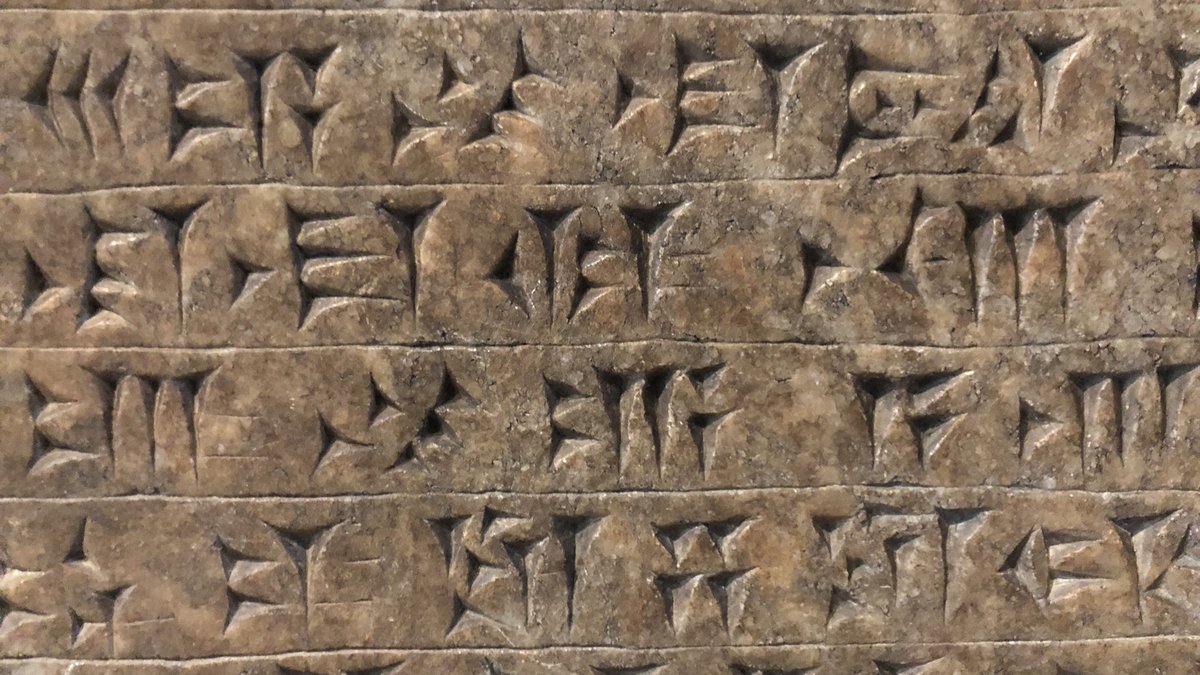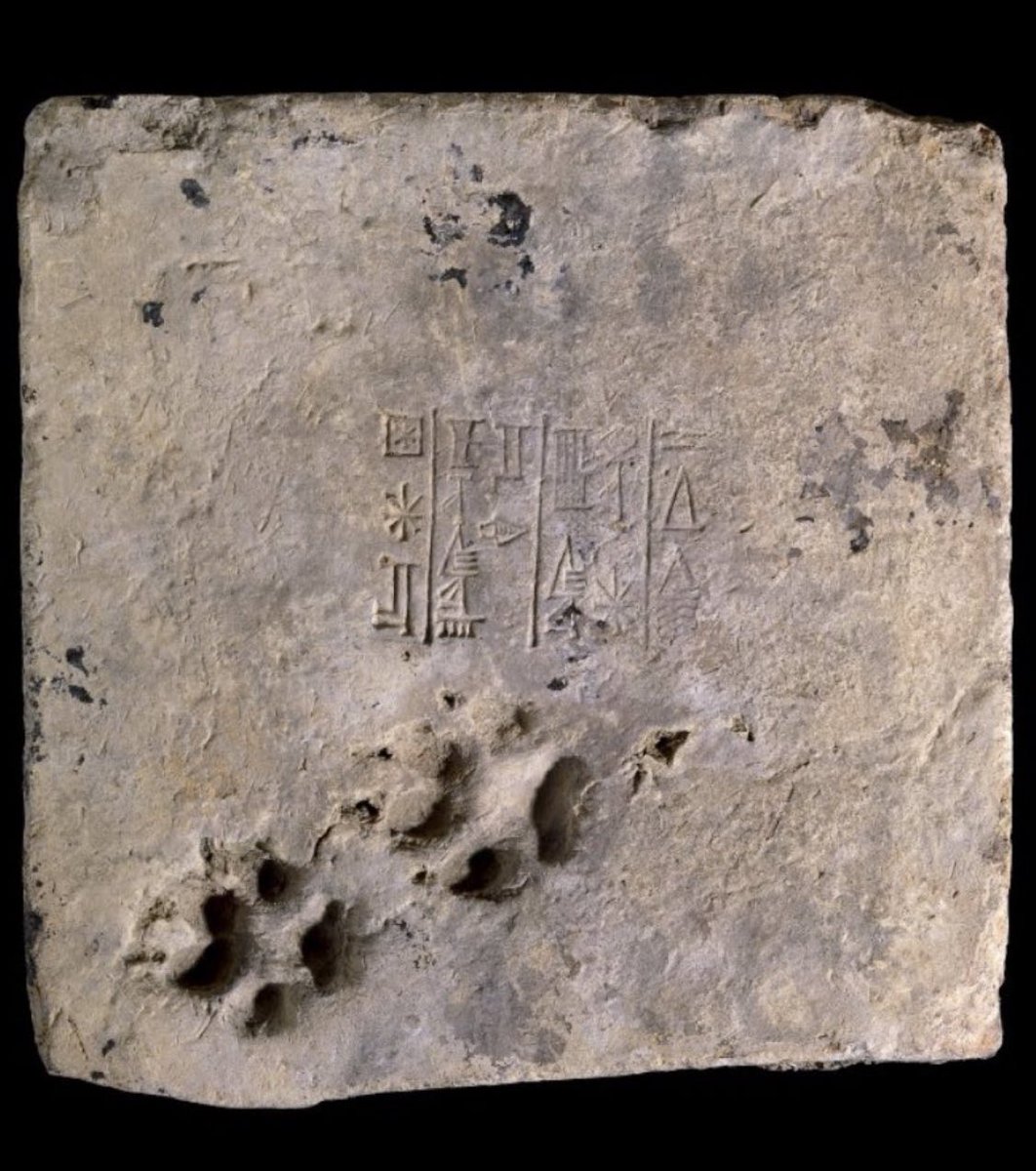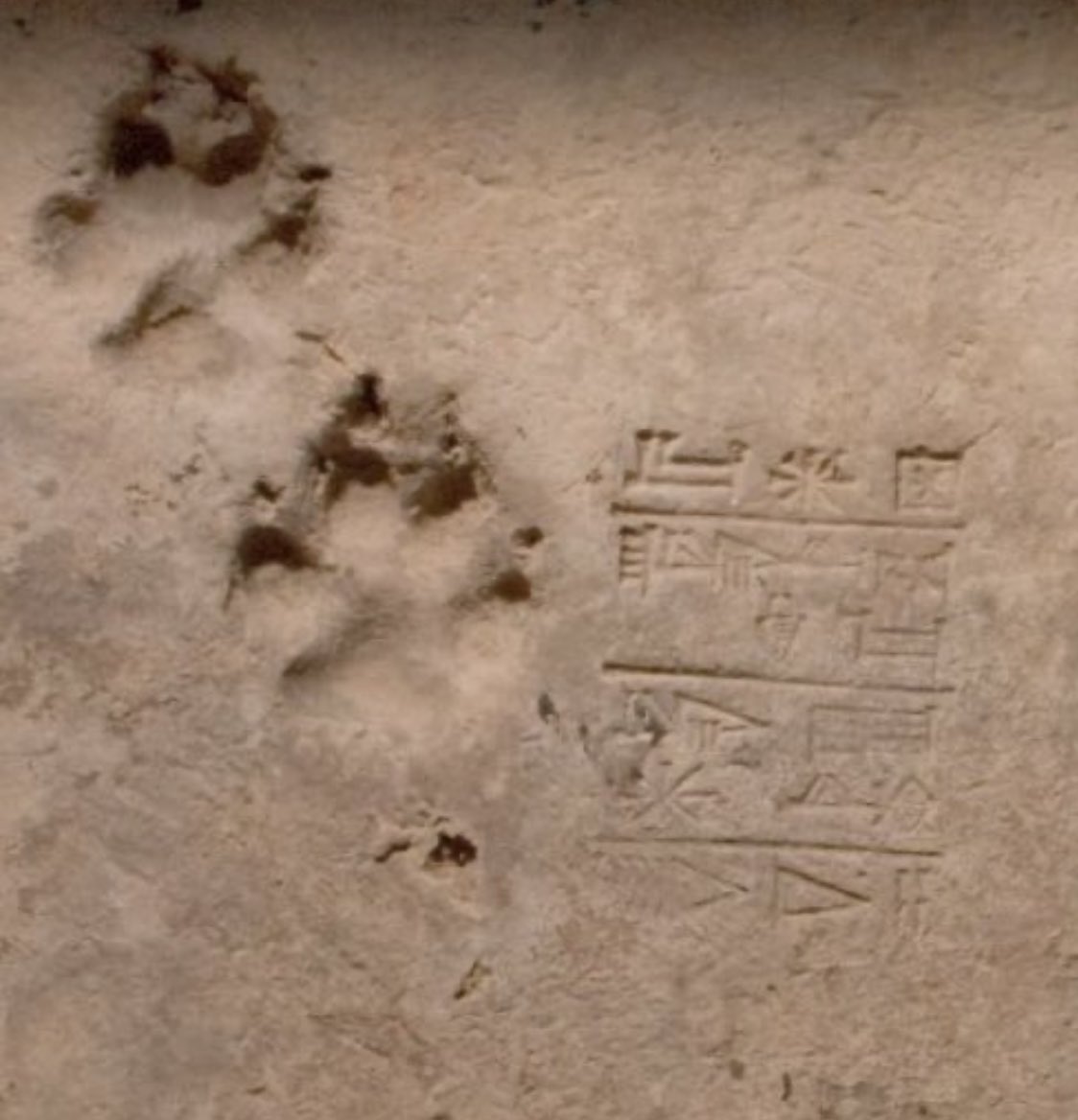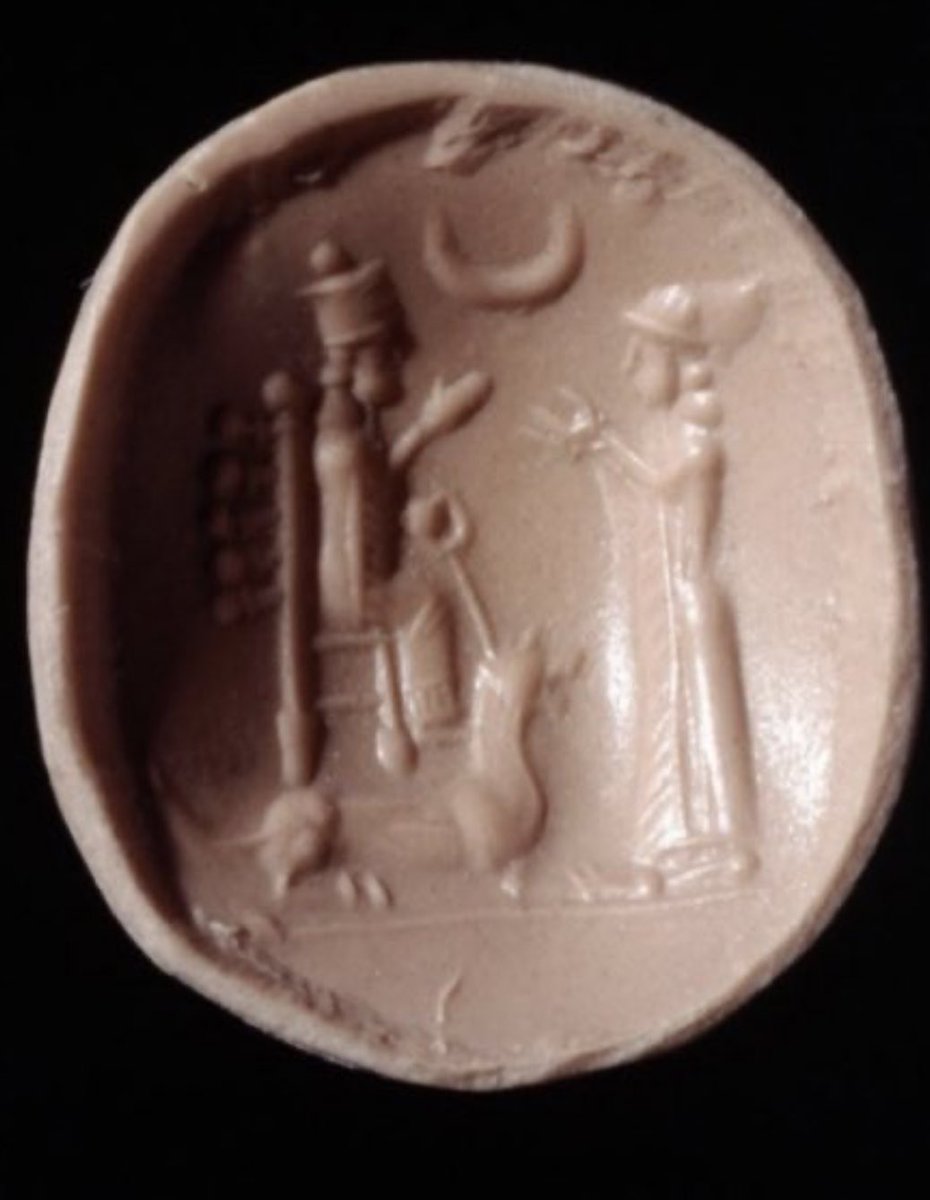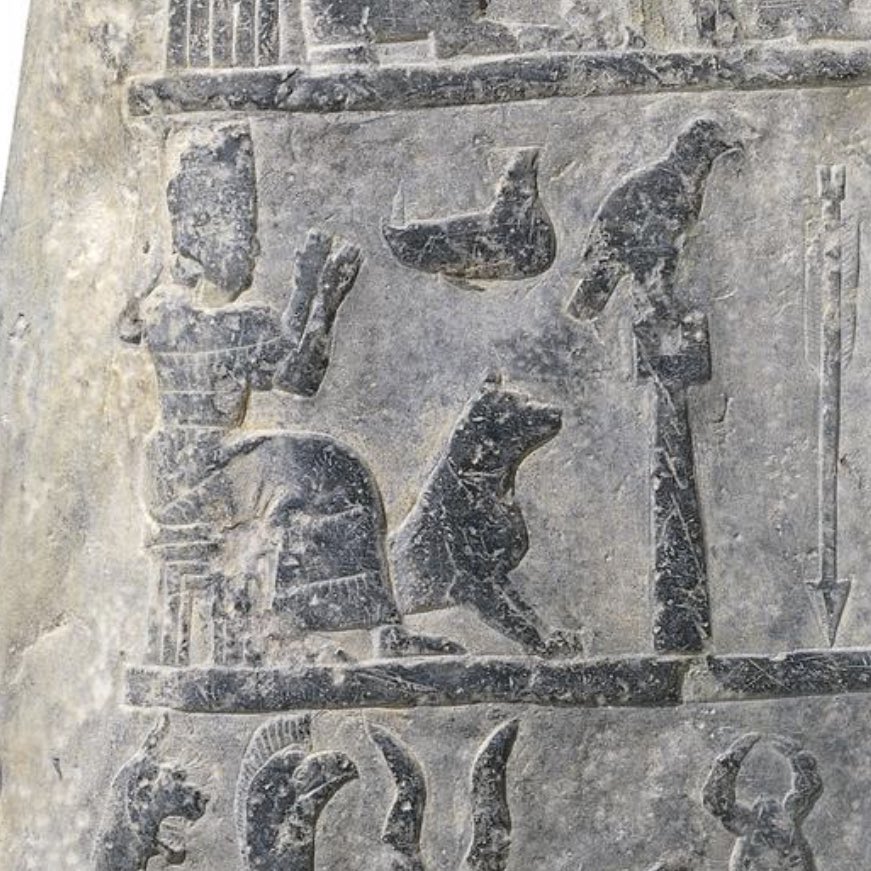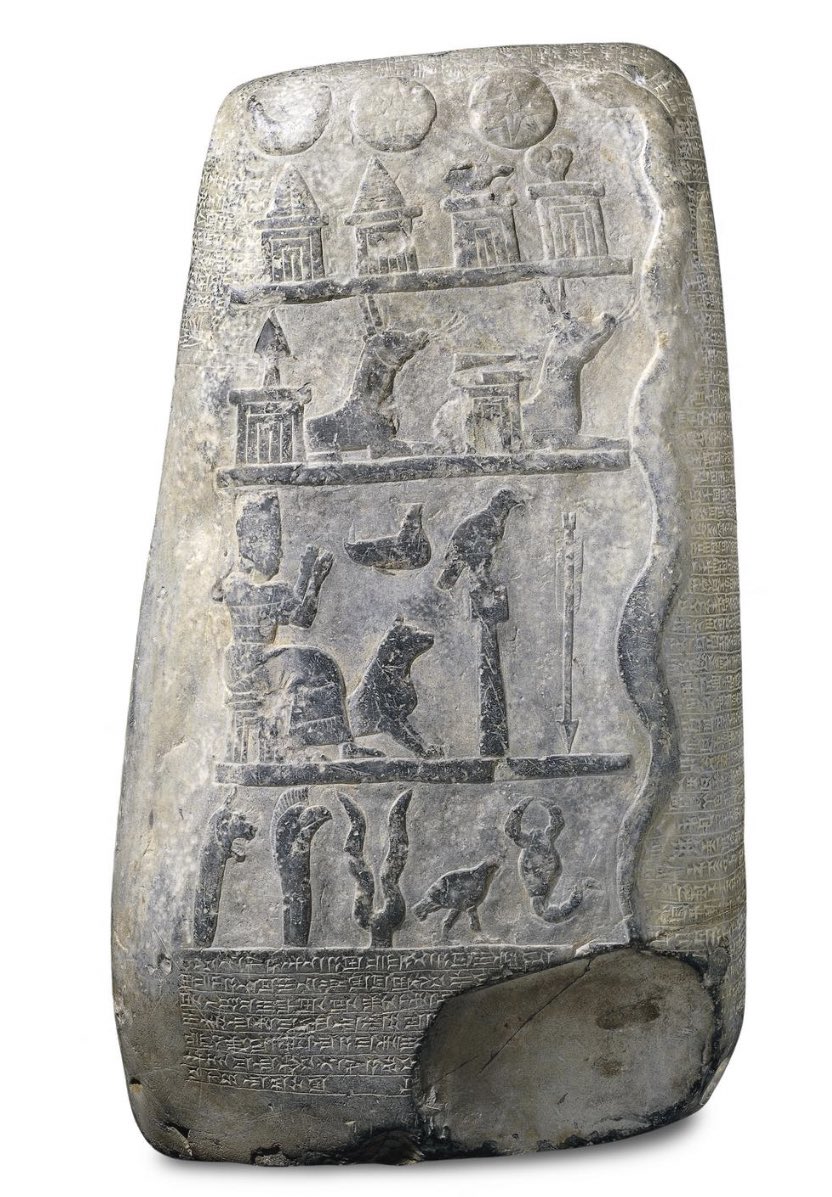
Good morning! Ancient Babylonians sometimes paid other people to do their laundry for them.
"The dirty clothes that Shaddinnu has given (me) for cleaning, I will clean the dirty clothes by the 10th day of the month Arahsamna and return them to Shaddinnu"
"The dirty clothes that Shaddinnu has given (me) for cleaning, I will clean the dirty clothes by the 10th day of the month Arahsamna and return them to Shaddinnu"

A handful of clay tablets from Uruk, Babylon, and Borsippa in the middle of the first millennium BCE record contracts for doing laundry.
"Ina-teshi-etir, the washerman...will clean and whiten the whites of the house of Nabû-shumu-ukin", for which he gets paid 1 shekel per year
"Ina-teshi-etir, the washerman...will clean and whiten the whites of the house of Nabû-shumu-ukin", for which he gets paid 1 shekel per year

A man named Esaggil-budia did the laundry of a woman named Babu-sharrat in ancient Babylon.
A man named Nabû-uballit did the laundry and "whites" of a man named Shaddinnu in the ancient city of Borsippa in the mid-first millennium BCE in exchange for a whole lot of dates.
A man named Nabû-uballit did the laundry and "whites" of a man named Shaddinnu in the ancient city of Borsippa in the mid-first millennium BCE in exchange for a whole lot of dates.
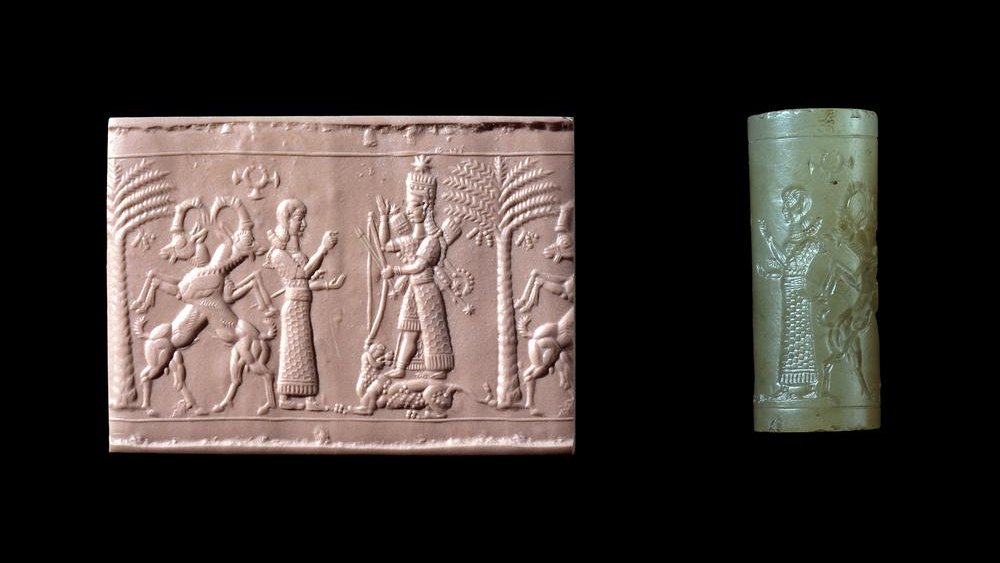
A man named Pat-esu, which is the Akkadian form of an Egyptian name meaning "The one given by Isis", was paid 4 shekels of silver to do the laundry of Dummuqu in Sippar in 485 BCE.
"He whitened the whites and cleaned the laundry".
"He whitened the whites and cleaned the laundry".

It's Monday so why not read more about the people who got paid to do laundry, and the people who paid them to do it, in ancient Uruk, Babylon, and Borsippa?
cairn-int.info/article-E_ASSY…
cairn-int.info/article-E_ASSY…

Sources for those interested:
Caroline Waerzeggers, "Neo-Babylonian Laundry" (2006)
Bastian Still and Reineke Sonnevelt, "On Sippar's Quay" (2020)
Caroline Waerzeggers, "Neo-Babylonian Laundry" (2006)
Bastian Still and Reineke Sonnevelt, "On Sippar's Quay" (2020)
Important clarification about the first tweet!
https://twitter.com/Moudhy/status/1333369428734521344
• • •
Missing some Tweet in this thread? You can try to
force a refresh





